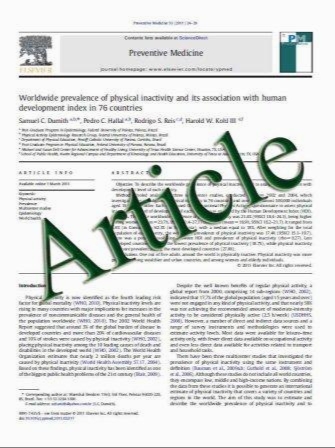Long-term sequelae after acquired pediatric hemorrhagic cerebellar lesions
- نوع فایل : کتاب
- زبان : انگلیسی
- مؤلف : Kevin Wingeier & Sandra Bigi & Marwan El-Koussy & Theda Heinks-Maldonado & Eugen Boltshauser & Maja Steinlin
- چاپ و سال / کشور: 2010
Description
cognitive, affective, and motor long-term sequelae after acquired focal pediatric cerebellar lesions. Methods Eight patients with a history of isolated acquired hemorrhagic cerebellar lesions before the age of 13 participated in this study. All participants underwent a neurologic examination, including the Zurich Neuromotor Assessment (ZNA) and the International Cooperative Ataxia Rating Scale (ICARS). Cognitive functions have been evaluated with a general cognitive assessment and an extensive neuropsychological battery. Furthermore, patients and parents filled in questionnaires about quality of life and possible behavioral or emotional problems. Results The results revealed that all patients exhibited motor problems (ZNA). Most participants had further restricted oculomotor movements (ICARS). Age at injury and the full scale IQ were significantly positively correlated (Pearson correlation 0.779; p=0.023). Conversely, no overall neuropsychological profile could be identified except for marginally reduced reaction times and susceptibility to interference. In addition, borderline results in semantic and phonemic word fluency tasks were apparent. A dysexecutive syndrome was diagnosed in one patient. However, verbal performance and reading abilities were non-pathologic in all participants. The patients reported having a good quality of life without major physical restrictions. Conclusions Emotional disturbances and the presence of a mild cerebellar cognitive affective syndrome (as frequently described in adult patients) could only be confirmed in adolescents with vermis lesions. Nevertheless, in laboratory conditions, neuropsychological impairments were present in all patients. Heterogeneity of age at injury and exact lesion site may have led to interpersonal differences in neuropsychological outcome.
Childs Nerv Syst (2011) 27:923–931 DOI 10.1007/s00381-010-1357-x Received: 23 August 2010 / Accepted: 30 November 2010 / Published online: 29 December 2010


